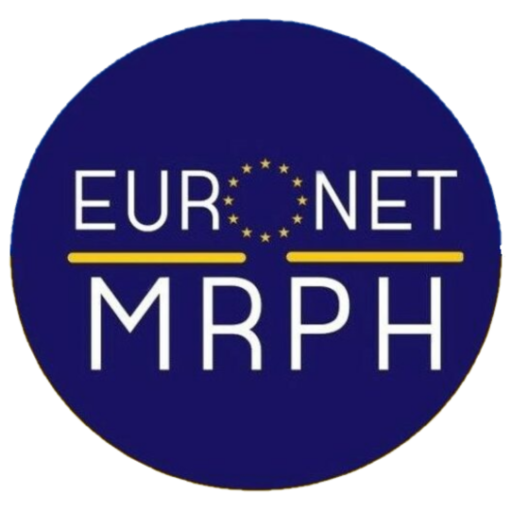Telemedicine and virtual healthcare in Ireland
While we wait for the new issue of the Newsletter in the making, we bring you an article from the last Euronet Newsletter, about “Telemedicine and virtual healthcare in Ireland”:
Virtual healthcare and telemedicine have burgeoned in Ireland in recent years, with many private companies offering online services including video General Practitioner (GP) consultations, prescriptions for medications and home testing kits for sexually transmitted infections (STIs). As an example, there are now at least seven different online companies offering STIs testing to individuals in Ireland without the need to see a doctor or health worker. Some of these companies are based in Ireland, others are based in other countries such as the UK.
Health insurance companies have come on board and many now have contracts with online GP consultation services offering video consultations with one of these companies as part of their health insurance package.
So what are the implications for health and health care in Ireland from the advent of such companies? Certainly there are potential benefits to using online platforms in health and health care.
They have the potential to improve access to patients who live in rural or remote areas. In the area of STIs testing they may increase testing and treatment of STIs particularly in young people. Telemedicine may increase the number of patients who can be seen and treated during a given period of time, important at a time when many GPs in Ireland are emigrating to other countries.
Virtual platforms have been used to improve communication and delivery of healthcare between services. In Ireland, a pilot programme between family doctors and hospital specialists involving an online forum for discussion and advice on cases has been used to reduce admissions to hospital.
However, this new and developing field raises many questions for health and healthcare. Because these are private companies, without an established relationship with patients, the loss of the central pillars of primary care that include continuity of care, the management of multi-morbidities, the doctor-patient relationship and the delivery of a holistic model of care are concerns. Testing for STIs through this system may also affect notification, contact tracing and sexual health promotion. Other questions arise; for example will rates of antibiotic prescribing increase, given that physical examination will not be possible in a video consultation for a respiratory tract infection?
There are many questions to be answered as to how the advent of such systems of delivering healthcare can affect health and healthcare in Ireland, both good and bad. It’s an opportunity for Public Health in Ireland to engage with the issue as it is likely that telemedicine and virtual healthcare will continue to expand both in Ireland and internationally.
Chantal Migone
EuroNet MRPH Ireland

